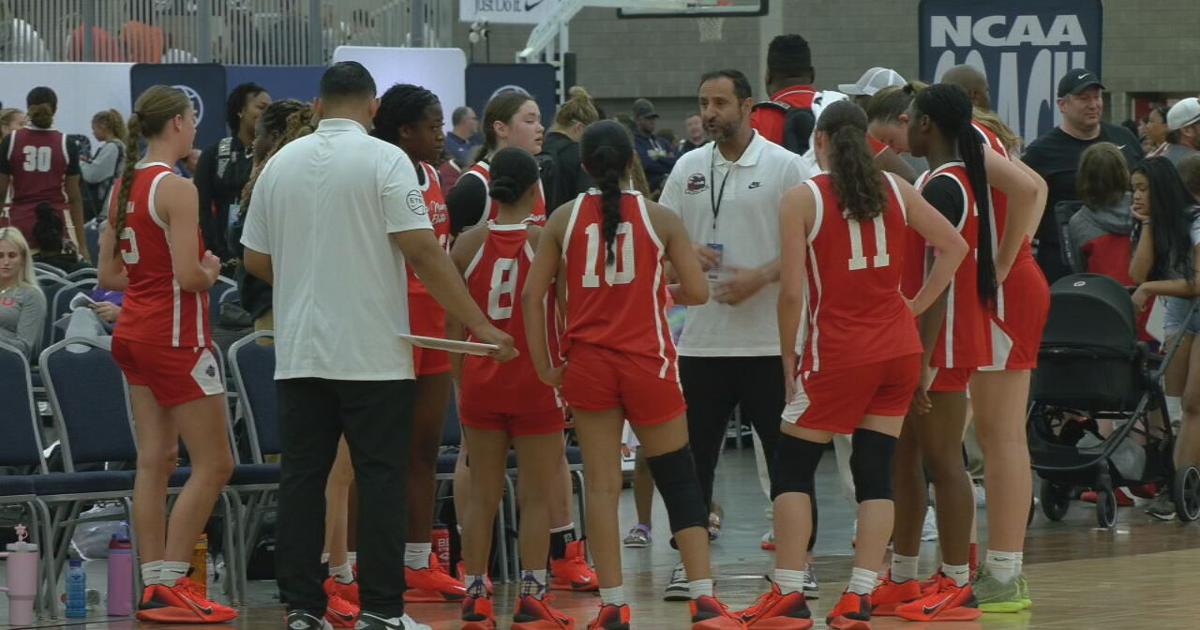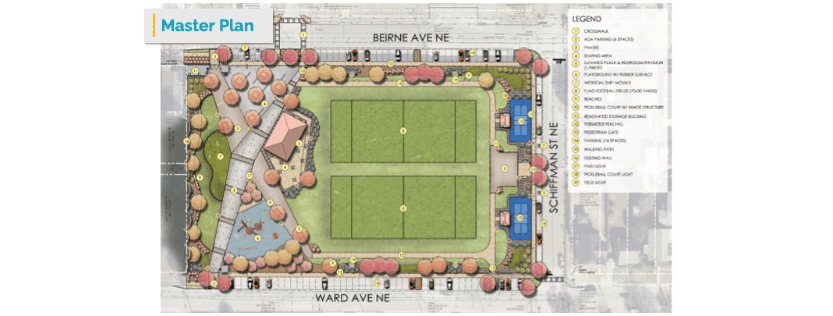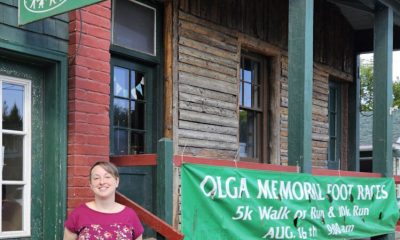Another facility is being repurposed near downtown Huntsville, and while it’s not as old as the 165-year-old Huntsville Depot that is awaiting a facelift, the newest reclamation project holds its own firm place in city history.
Goldsmith-Schiffman Field, which opened in 1934 to host football games, is getting a makeover, not as an athletic venue, but as a neighborhood park. The field and its iconic stone walls hosted football games until 2012, when the infrastructure was deemed unsafe. Afterward, it continued to serve as a venue for soccer matches and flag football.
District 2 City Councilman David Little hosted a town hall and public input meeting at Optimist Park. He was joined by City Administrator John Hamilton, contractors and other civic and city leaders. After a slide presentation, questions and feedback were entertained from residents.
“We’re trying to put in all the things that we’re hearing (from public feedback) as best we can for a place that has stuff for kids, stuff for the organized youth athletics that it’s hosted for many, many years,’’ Hamilton said. “And then some of the new stuff like flag football, pickleball courts.
“Or, just as a great place to go, have a picnic with your family, go on a walking path, whatever it may be. And then some other things that, you know, for years we needed bathrooms in there. As a temporary solution, we had a trailer bathroom inside the facility and now it’s getting some permanent bathrooms, things like that.’’
The cost of the project is expected to land between $8-10 million and will come from the 1990 capital improvement plan.
Alterations planned to the site include:
* Two new flag football fields, which will be 30 yards by 70 yards
* A playground with a rubberized surface
* Pavilion with restroom facilities
* Two pickleball courts
* New lighting and much-needed expanded parking
* ADA-accessible parking and upgraded accessibility features throughout the park
* New concessions/restrooms
Neighborhood kids once climbed over those stone walls to play pickup games or sneak into bonafide ticket-required events. Those days are long gone, but the stadium isn’t and is being rebranded as Goldsmith-Schiffman Park. It sits at 320 Beirne Ave. behind the new Stella at Five Points off Pratt Avenue. One big change will be to those walls – they’re not all coming down, but some sections are crumbling and will be replaced with link fencing.
“You can see through (the fences) and it’s safe, it gets everybody comfortable with what’s going on (inside the stadium),’’ Hamilton said. “And we can’t save the entire four walls the way it’s currently set up.’’
Both Stella at Five Points and Goldsmith-Schiffman sit on the edge of the Five Points Historic District.
Jonathan Bowler, project manager with contractor Foresite Group, said the team of architects and civil engineers assigned to the project are “trying to give some character of the existing site.’’
Other changes will be turning existing, outdated restrooms into storage space. The main gates will remain, but the entrances will be redesigned to be more pedestrian-friendly. The two main signs entering the stadium will remain, though the lettering may be altered. Crosswalks and green space are also part of the plan.
In January 1935, the Goldsmith and Schiffman families—prominent in Huntsville’s business and civic life and connected through marriage—donated the land to the city. That October, the field was dedicated with a night game in which Huntsville High, then the city’s only high school and led by coach Milton Frank, defeated Gadsden.
Before the month was out, The Huntsville Times reported that seating needed to be added since crowds of 1,500-2,000 or more were turning out “beyond all expectations,’’ forcing a large number of spectators to stand up to four people deep around the wire fencing to get a glimpse of a game they paid a half dollar to see.
As for the field itself, The Times reported it was “equal to that of most college gridirons’’ as rated 90 years ago. Now, the landmark is coming back into play albeit with a different look and purpose.
“We’ve got a large team of design professionals,’’ Bowler said. “I just want to say it’s been an honor being able to work on this. This has been a really fun project.’’
Construction is expected to begin in 2026 and take an estimated 15 months to complete.




























































